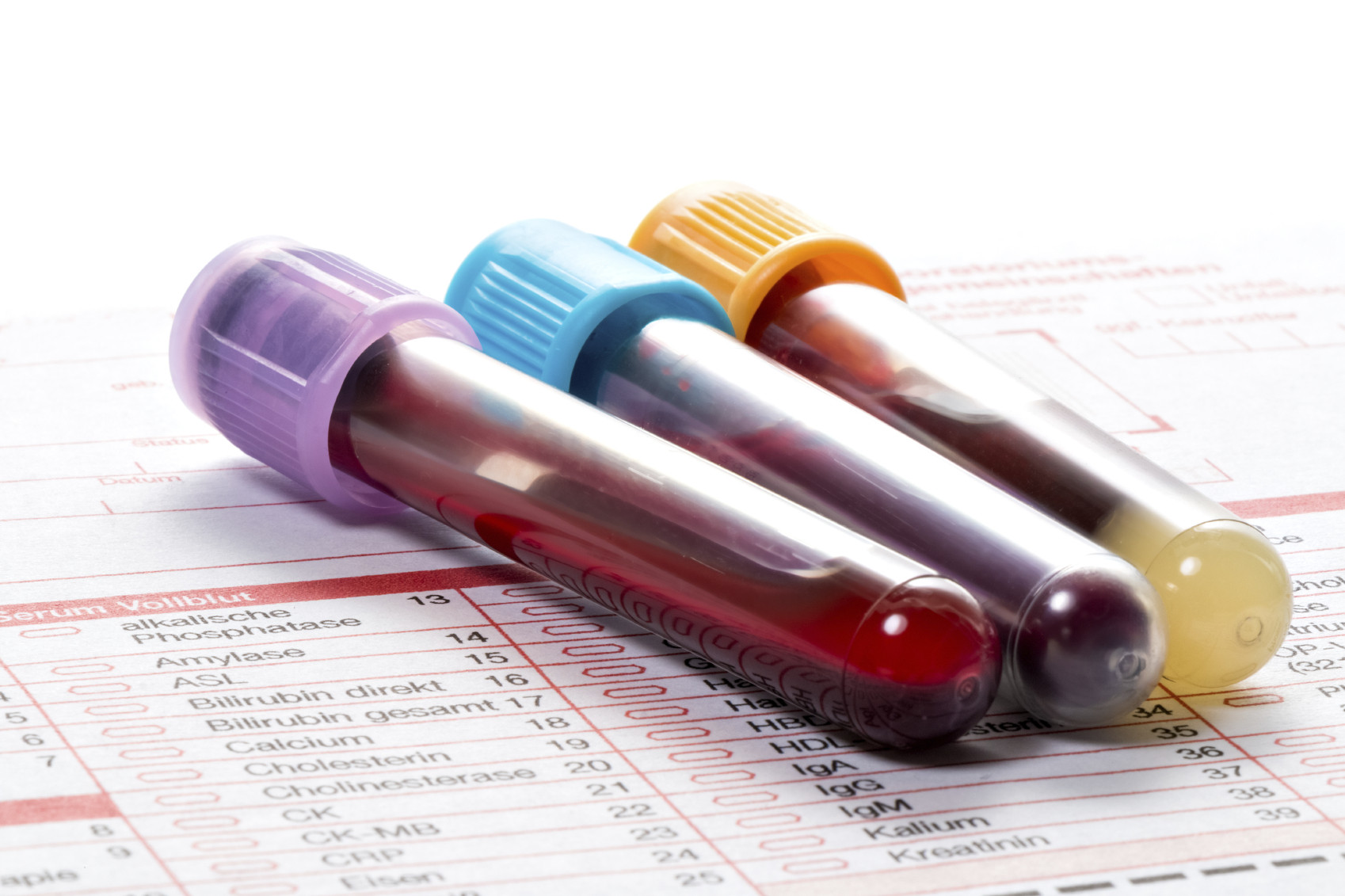Kathryn Jenkins
There is currently no validated serum testosterone test for veterinary species available and the referral test method in use has low sensitivity. As a result, serum testosterone is no longer recommended for use in veterinary species.
In many cases, this can be replaced by serum Anti-Müllerian hormone (AMH). AMH is produced by the follicles of a sexually mature ovary and Sertoli cells in a sexually mature testes. After complete castration or ovariectomy, levels of AMH decrease significantly.
AMH is tested at a medical referral laboratory, however this test has been validated for use in male horses (i.e. suspect cryptorchid or rig). AMH may also be a useful in determining the gonadal status of both dogs and cats (including cases of suspected cryptorchid or ovarian remnant).
Notes
· When evaluating for functional gonadal tissue it is recommended to wait at least 30 days after a de-sexing procedure, and animals should be over the age of 6-months.
· A negative result does not fully exclude ovarian remnant in some cases, and if clinical signs are supportive then further testing is recommended (e.g. vaginal cytology, serum progesterone, imaging).
· When evaluating ovarian remnant syndrome, testing both serum AMH and progesterone is recommended.
· The AMH test requires a minimum of 1 mL of serum (i.e. 2-3mL of blood in a red top tube), from a fasted patient, and should be transported to the laboratory within 24 hours of collection. Sending the sample at the beginning of the week is recommended.
References
> Place, N. et al. Evaluation of combined assessments of serum anti-Müllerian hormone and progesterone concentrations for the diagnosis of ovarian remnant syndrome in dogs. JAVMA, 2019 Vol 254 (9)
>Flock, U., et al. Anti-Müllerian hormone as a diagnostic tool to identify queens with ovarian remnant syndrome. JFMS 2022 Vol 24(8)
>Walter, B. Anti-Müllerian hormone in dogs and cats reproduction. Reproduction in Domestic Animals, 2020;55 (Suppl.2)
> Claes AN, Ball BA. Biological Functions and Clinical Applications of Anti-Müllerian Hormone in Stallions and Mares. Vet Clin North Am Equine Pract. 2016 Vol 32.

